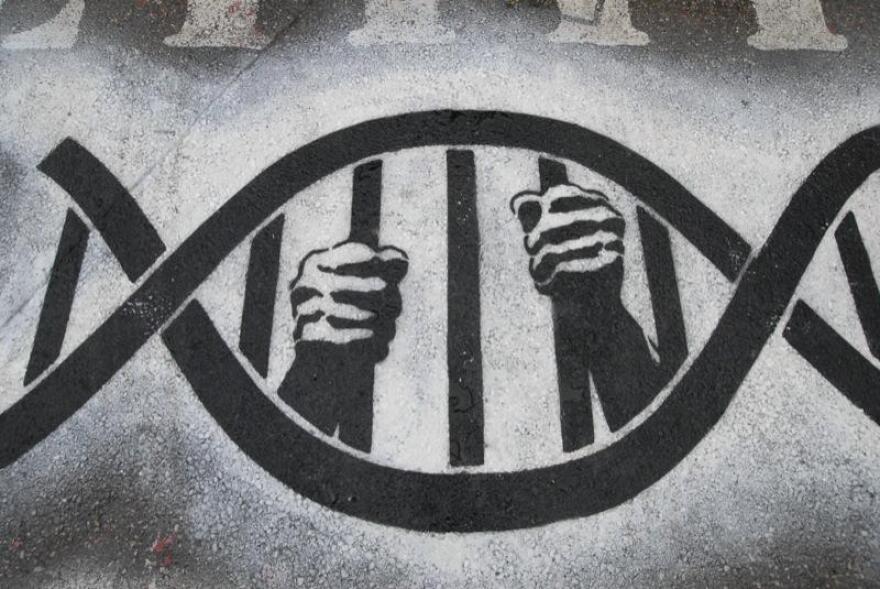It all started when CeCe Moore decided to make a family tree as a wedding gift for her niece. At that point she’d had a whole career in entertainment, working as a model and television and musical theatre actress. But once she started digging into her family history, CeCe quickly realized that she couldn’t put it down.
“It just started as a hobby, but once I saw the potential of it, I kind of dropped everything else I was doing,” she said.
CeCe started a blog to share her genealogical discoveries, and soon garnered a large readership. She started getting messages from people who’d been adopted or discovered that they hadn’t been raised by their biological parents, asking for help constructing their own family trees. CeCe taught herself how to reverse engineer family trees using public DNA databases, and started working as a genetic genealogist. She and other genetic genealogists - “citizen scientists,” she calls them - developed a methodology that has since helped thousands of people with unknown parentage reunite with long lost family.
Eventually CeCe started getting contacted by members of law enforcement who wondered if the same methodology could be used to identify unknown suspects with DNA collected at crime scenes. CeCe hesitated at first, unsure how the public would react to DNA databases being used this way. But in April 2018, authorities identified and arrested the man the believe is the infamous Golden State Killer with the help of a fellow genetic genealogist. After that CeCe knew that it was time to use her knowledge to help law enforcement solve cold cases. Within a few months CeCe identified seven previously unknown suspects, including William Earl Talbott II, a perfect match for DNA found at the scene of double homicide in Snohomish county back in 1987.
Note: This is part of an experiment with Sound Effect’s podcast: We will feed a condensed version of the full show on Saturdays, withholding an especially memorable story. Then we’ll hear that segment, and some of the story behind the story, in a new weekly podcast installment that will be in your feed on Wednesdays. You can still always catch the full, broadcast-style version of the show on the web site (at the bottom of the page).
We’d love to hear what you think of the new podcast format -- give your feedback in the comments below, or email SoundEffect@knkx.org.





